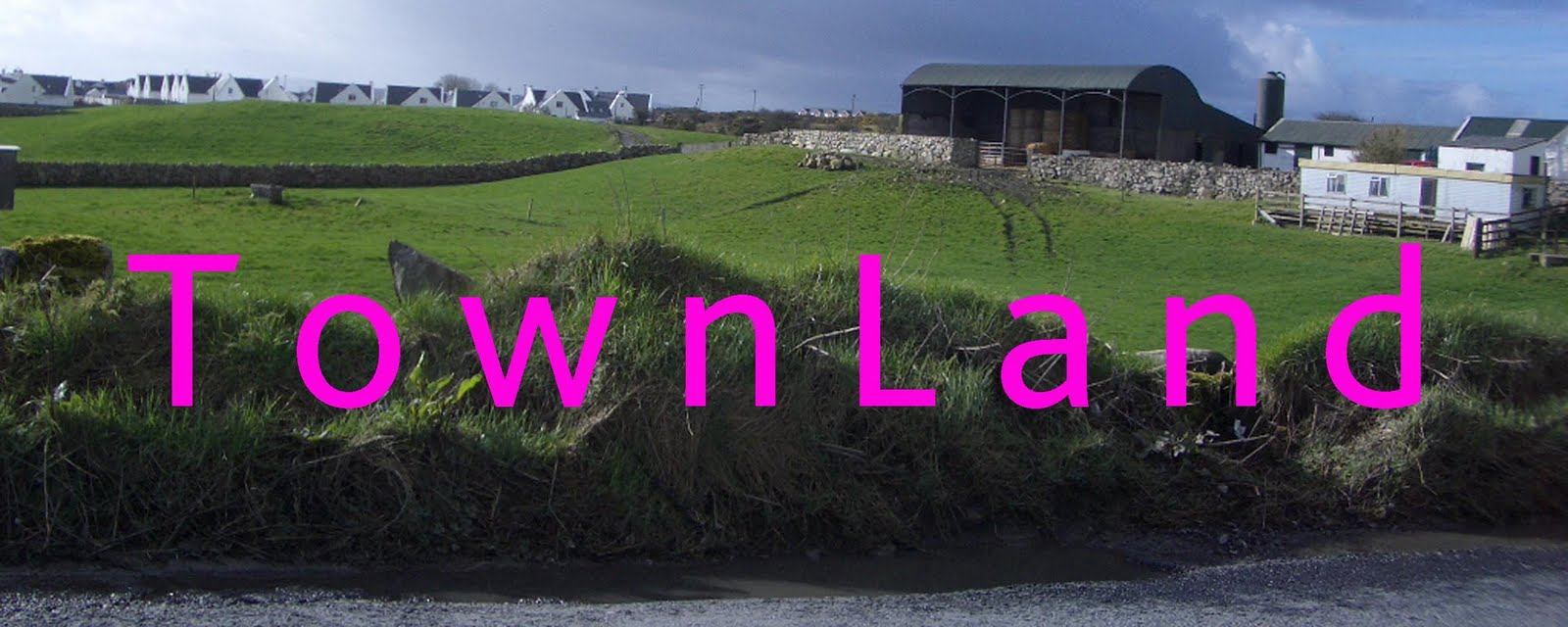Rural, Dominic Stevens, Mermaid Turbulence, 2008
SubUrban to SuperRural, Gandon Editions, 2006
Recovering Landscapes, James Corner, Princeton, 1999
The Other side of Eden, Hugh Brody, Faber and Faber, 2002
Walkscapes, Francesco Carreri, Gustavo Gigi
The Atlas of the Island of Ireland, Mapping Social and Economic Change, Gleeson at al
An Historical Geography of Ireland, BJ Graham and LJ Proudfoot, Academic Press, 1993
Here, There and North of Nowhere, Jeremy Till, Building Material 18, AAI
Among these Stones is Very Sweet Pasture, Mary Laheen, Building Material 16, AAI
Reality – Geometrically Demonstrated, Bea McMahon, Building Material 13, AAI
Neo Rural architecture, Dominic Stevens, Building material 13, AAI
Altas of the Rural Irish Landscape, FHA Aalen, Kevin Whelan and Michael Stout (eds.) University of Toronto Press, 1997
Gordon Cullen: Visions of Urban Design, David Gosling, Academy Editions, 1996
The ConciseTownscape, Gordon Cullen, Architectural Press, 1971
Theory in landscape architecture : a reader / edited by Simon Swaffield, Philadelphia : University of Pennsylvania Press, c2002.
Psychogeography, Merlin Coverley Pocket Essentials, 2006
Unit Project, Laois County Council, www.laois.ie
http://irishhandballalley.blogspot.com/












